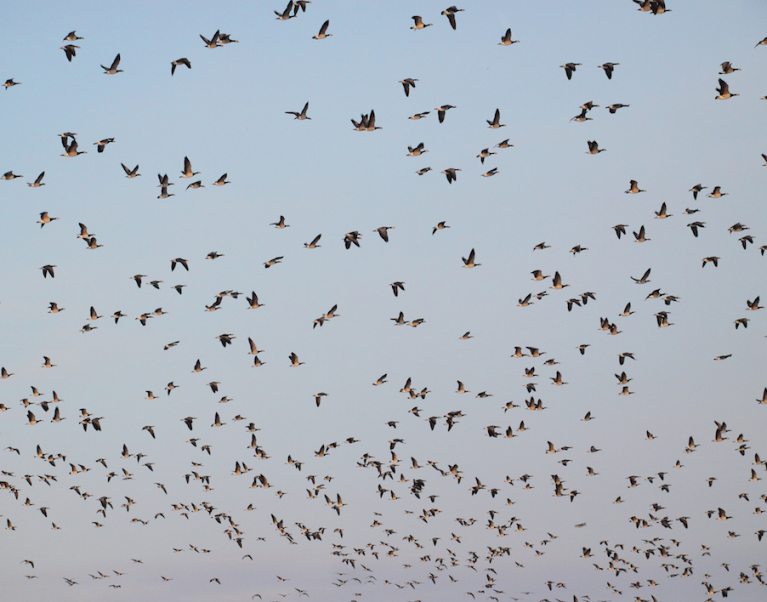22nd August, 2016
We love shouting about Lithuania. Mainly because when we first launched a bike tour here, we felt it was a place that deserved much more attention, and many more accolades than it had, as a superb holiday destination. Five years later, and much to our surprise, although perhaps due to political developments, Lithuania remains broadly unknown and undiscovered. We continue to sell Lithuania cycling holidays, but not in the numbers we had expected. We think this is a great shame, as there are so many fantastic reasons to visit. It's perfect for families and leisure cyclists because the terrain is flat, there are with miles and miles of traffic-free cycle paths, and it's incredibly good value compared to other European countries.
The area our self-guided cycle tour visits is also famous for its birdlife. The Curonian Spit, with its rolling sand dunes, is in fact considered to be one of the best birding areas in Northern Europe, with internationally significant populations of many species found here. There's even a book about bird watching here, 'Birds of the Curonian Spit', by Krister Castrén.
Mixed and coniferous forests cover almost 30% of Lithuania's landscape. Much of it is mature, and some of it is wet forest, which is extremely rare in Europe. Hundreds of pairs of Black Storks and Lesser-Spotted Eagles are known to nest here. Three-toed Woodpeckers are common in areas, and the White-backed Woodpecker, which is now thought to be rare in Europe, can still be found in some numbers. In fact in total there are 9 different types of Woodpecker found in Lithuania. Northern forests are famous for their owls and those in Lithuania are no exception! Ural, Tengmalm's and Pygmy Owls all breed.
Out in the meadows and pastures, Corncrakes and White Storks (considered to be Lithuania's national bird) are found in high numbers. In the open sedge fens, you'll find two extremely rare species in Europe: the Aquatic Warbler and the Great Snipe. There are only a couple of hundred pairs of each, so they are very special to see. On marshland and shorelines, you might see elusive Bitterns, Marsh Harries, Ospreys and even White-tailed Eagles - a globally threatened species.
And if your eyes start to get tired from all the squinting through those binoculars, prick up your ears and listen for the wild trumpeting call of the magnificent Crane, who abound in this gorgeous hidden gem of a country.
It really is a bird-watcher's paradise! If you're interested, check out our cycling holidays in the Baltics to find out more.
Posted by: Wendy Carter
Tags: Cycling holidays, Don't miss, Insider info, Walking holidays

